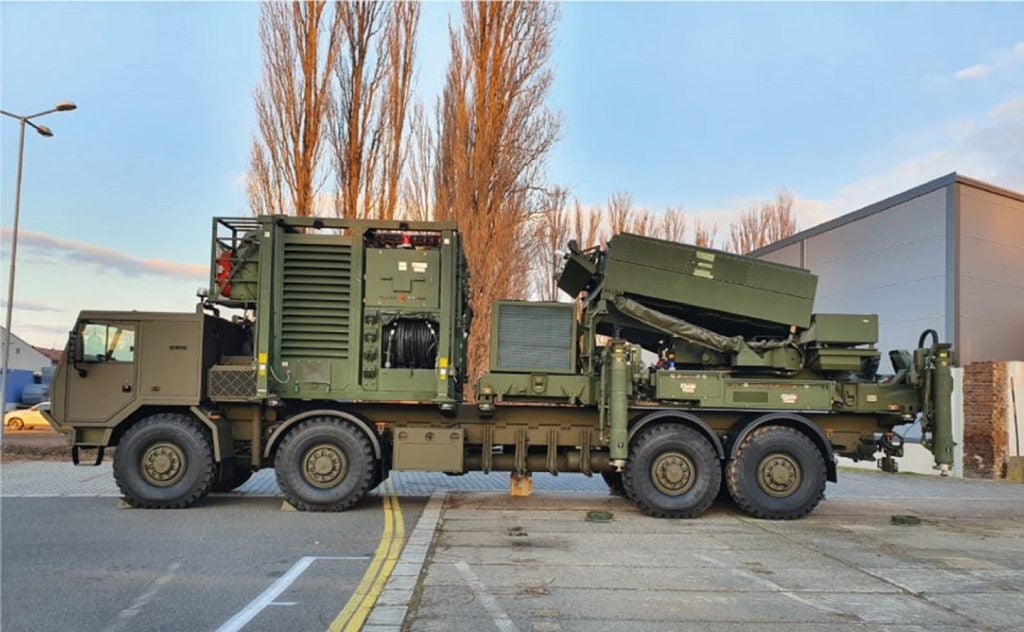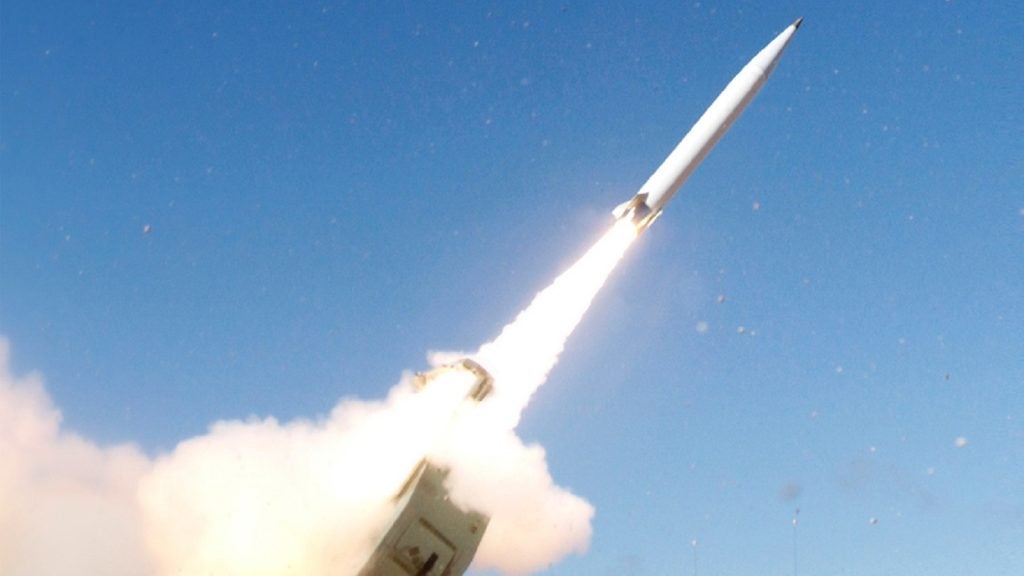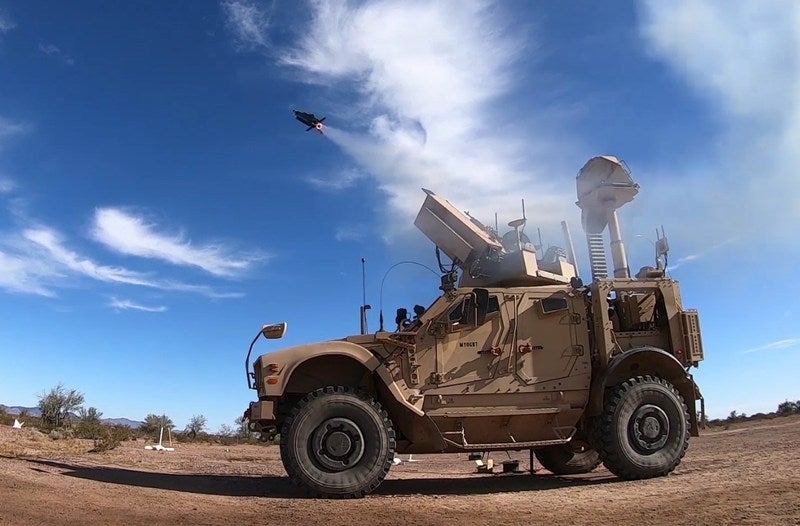
After what could be best described as a number of false starts the US Navy is now seemingly on its way to a real attempt to integrate autonomous unmanned air systems (UAS) aboard its carrier fleet. While the US Air Force and the US Army have forged ahead with long range, long endurance UAS with a strike capability, the navy has struggled to understand what it requires and how best to integrate it with its existing capabilities.
The US Navy has also had a much bigger challenge than either the army or air force in the sense that any UAS would have to operate with as much autonomy as possible in the complex environment that is the navy’s floating airfields. Anyone who has been aboard a US carrier flight deck can attest to just how busy, stressful and complicated the environment is. In order for a UAS to operate safely, it would need to operate seamlessly with human flight deck crew and manned aircraft.
In order to inform its decisions, and to understand the challenges, the US Navy began drawing up its requirements through the Unmanned Combat Air System Demonstrator programme. The project resulted in the development of the Northrop Grumman X-47B blended wing body UAS, which first flew in 2011 and has conducted a number of successful carrier take-offs and landings.
The long road: UCLASS’ ambition and evolution
The X-47B was always intended to be a demonstrator only and the data it produced was used to inform requirements for the follow-on programme, Unmanned Carrier Launched Airborne Surveillance and Strike (UCLASS) – an ambitious attempt to fully integrate an autonomous strike platform into carrier operations.
In August 2013, the navy awarded four $15 million firm-fixed price contracts for preliminary design reviews (PDRs) to Boeing, General Atomics Aeronautical Systems, Lockheed Martin and Northrop Grumman.
At the time, Charlie Nava, UCLASS program manager, stated, “The PDRs are intended to inform the Navy of technical risk, cost and design maturity of the Air Segment, and allows the industry teams to better understand the program’s requirements across the entire UCLASS system to expeditiously deliver the unmanned carrier-based system to the fleet.”
How well do you really know your competitors?
Access the most comprehensive Company Profiles on the market, powered by GlobalData. Save hours of research. Gain competitive edge.

Thank you!
Your download email will arrive shortly
Not ready to buy yet? Download a free sample
We are confident about the unique quality of our Company Profiles. However, we want you to make the most beneficial decision for your business, so we offer a free sample that you can download by submitting the below form
By GlobalDataHowever, what soon became apparent was that neither the navy and the companies, nor the technology involved were ready for a programme of the scale and ambition of UCLASS. In 2016, as the project languished, Pentagon chiefs directed the navy to channel development in a less ambitious direction and develop an unmanned tanker initially to extend the range of manned fighters, but also to develop technologies that would be of use to a future unmanned strike capability.
UCLASS was rebranded Carrier Based Aerial Refueling System (CBARS) as a result and work began to look at this particular challenge. According to officials, what the system has to be able to do is operate off of the aircraft carrier and integrate with all of the subsystems of the carrier. It must also act as a sea-based tanker delivering a robust fuel offload at range to support an extension of the air wing and add flexibility of what’s available from a mission tanking perspective.
Stingray: competition lifts off
However, the CBARS name has since fallen out of use. In 2016, then Chief of Naval Operations Admiral John Richardson told journalists, “I’m not sure I’m too much in love with that CBARS name,” and after months of deliberation and the blessing of the US Air Force, which has responsibility for signing off on the name of air platforms, CBARS became the MQ-25A Stingray.
At this point, with a gestation period now well over a decade, navy officials hoped that the development of the MQ-25A Stingray would take wing. In October 2017 the navy released a final Request for Proposal (RFP) to the same four companies involved in the UCLASS PDRs.
The service has remained relatively tight-lipped about exact requirements for Stingray but they are believed to include the delivery of about 15,000lbs pounds of fuel 500nm from the carrier. This would effectively increase the range of the US Navy’s F/A-18E/F strike aircraft from 450nm to 700nm.
With the final RFP set and the competitors aware of the requirements, the navy was hoping for a robust competition with competing technologies and architectures. General Atomics was first out of the blocks releasing both artist’s impressions and models of how it envisaged the MQ-25A Stingray in quick response to the RFP.
However in a major shock, Northrop Grumman, already stretched by its other autonomous programmes and the US Air Forces Bomber requirement, quickly ruled itself out. On an earnings call with reporters in October, CEO Wes Bush said that the company did not think it could competitively execute the project. Its experience in unmanned systems and with the X-47B originally made Northrop Grumman a strong contender and its withdrawal from the project could be seen as a red flag.
The next big reveal for Stingray came in December 2017 when Boeing released a single head-on picture of the aircraft that it said would be the design bedrock for its contender for the Stingray programme. The picture was released by the company’s Phantom Works and at the time Don ‘BD’ Gaddis, who leads the refuelling system programme there stated, “Boeing has been delivering carrier aircraft to the Navy for almost 90 years… Our expertise gives us confidence in our approach. We will be ready for flight testing when the engineering and manufacturing development contract is awarded.”
Lockheed Martin, for its part, has not followed the others in giving as many teasers and, when the deadline for responses came in January, everyone assumed that the long-running saga would follow a more normal path. However, as this article hit its deadline, the latest news to be released was that Boeing Autonomous Systems would be teaming with General Atomics.
“Boeing Autonomous Systems is pleased to have the opportunity to collaborate with General Atomics on its MQ-25 proposal,” Boeing Autonomous Systems Vice-President and General Manager Chris Raymond was quoted as saying, adding, “We look forward to supporting GA-ASI with our aviation and autonomous experience.”
What this will mean for the anticipated competition and the final winner of the MQ-25A remains to be seen, but expect a few more stings in the tail before this one is done.







